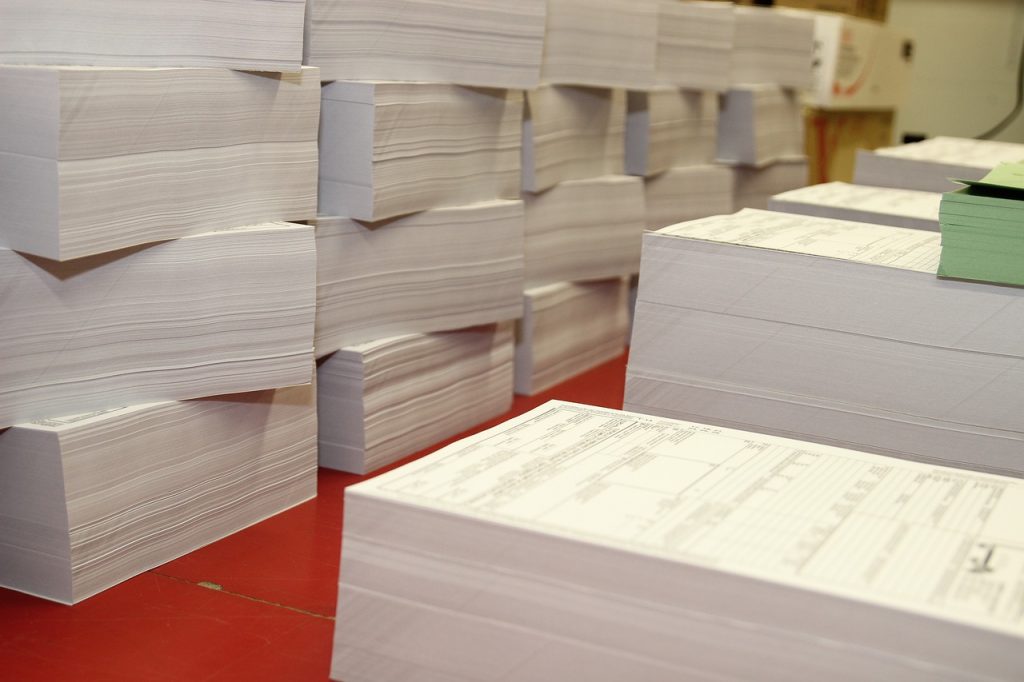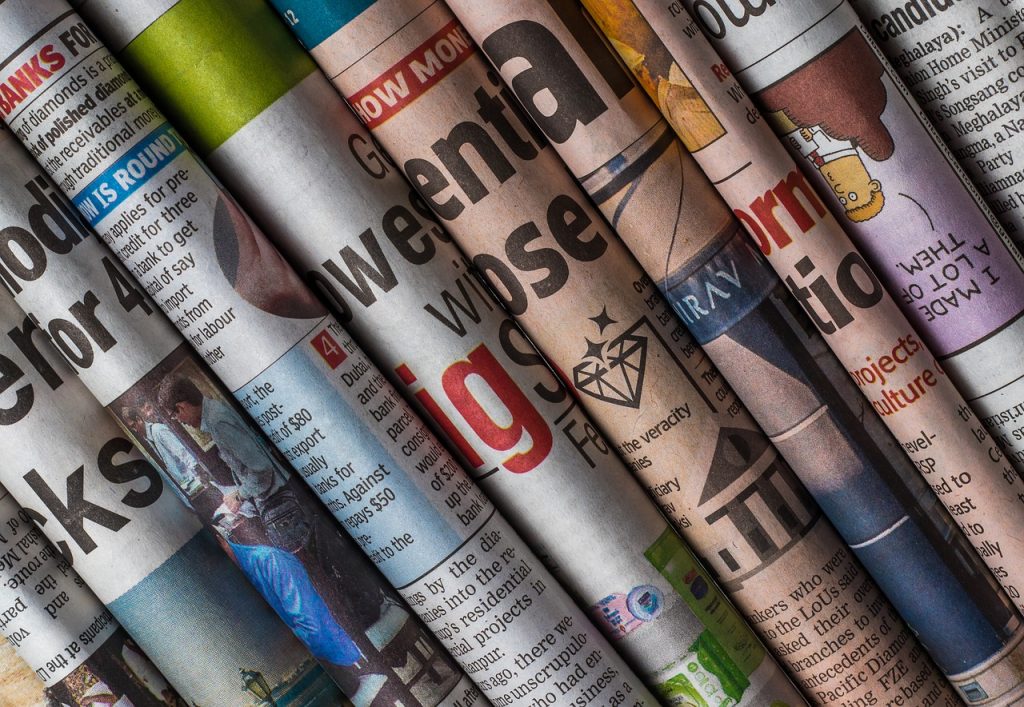When working on a print project, it’s essential to know the type of paper you need beforehand. It’s an important decision you have to make because this determines the quality of your print’s finish. In fact, you should begin your print project with the paper in mind.

To help you make a decision, here are some things you need to ask yourself:
- What do you plan to print? Is it a book, a document, a business card, a poster, a flyer, a picture, or something else?
- Do you need your print to last for a couple of weeks or do you need it to be more durable so it can last for years?
- Will it be text heavy or will it have large photos?
- What do you want your print to convey – cheap or fancy?
By answering these questions, you’ll have a good idea on what type of paper you can use to pull off this project and make sure you’ll make the most out of your printables.
Paper Types
Now that you know the factors you need to keep in mind, you need to know what types of paper you can use.
Coated Paper
This type of paper is coated with a surface sealant. Since it has a coating covering the tiny pits in between paper fibers, this paper is smooth and flat.
Printing on coated paper will give you a sharper output especially on images. It gives the inks a glossier appearance. This is because ink is not being absorbed into the surface of the paper when you use coated paper.
Coated paper has three different variations of finishing: glossy, dull, and matte.
Glossy paper is coated with high sheen. And since it’s super smooth, it’s commonly used in magazines and brochures.
Dull paper is the middle ground between glossy and matte. It’s surface is smooth but it doesn’t have a glossy finish.
Matte paper is flat and non-glossy.This type of paper is commonly used in books and documents because it’s more opaque and bulkier.

Uncoated Paper
This type of paper has not been coated with any surface sealant so it feels rough compared to coated paper. Uncoated paper also absorbs more ink and is available in various colors, weights, textures, and finishes.
Uncoated stocks are used in newspapers, documents, stationery, etc. They are ideal for envelopes and letterheads because they’re good to write on.
Paper Weight and Thickness
Aside from the different types of paper, you also need to consider the paper weight and thickness for your printing project.
Paper is measured in pounds and points. Generally, the more it weighs, the thicker it is. Here are the common basis weight categories:
Cover – This is a heavy paper and is commonly used in business cards.
Text – Text varies from light to medium weight. This is commonly used in envelopes.
Bond – This is the lightest weight paper and is usually translucent and opaque. Bond paper is the most commonly used paper for documents, school projects, and more.
 Opacity and Brightness
Opacity and Brightness
Aside from the type and the thickness of the paper, opacity and brightness are also a great factor you should consider when choosing a paper for your project.
Opacity is the amount of light transmitted through the paper. When the opacity percentage is low, the more light can pass through. So when you say there’s 100% opacity, it means no light passes through the flip side of the printed sheet.
On the other hand, brightness is reflected light. It’s expressed on a scale of 1 to 100 (1 being the darkest, and 100 being the brightest). The level of brightness is important to a print project because it affects the readability, contrast, and perception of ink color.
By knowing how to choose the right paper, you can get the best output for your printing project.
Need some printing supplies? At Ink Toner Store, you can enjoy great savings and outstanding customer service on top-notch ink and toner cartridges. Shop with us now and experience the difference.

